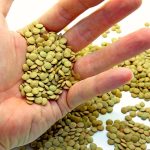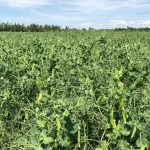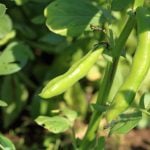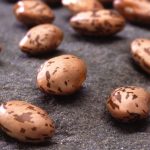MarketsFarm–After a late start in seeding due to higher-than-normal moisture in most areas, Manitoba’s pulse crops are growing well, according to an agronomist. Laura Schmidt, a production specialist and agronomist for Manitoba Pulse & Soybean Growers (MPSG), said while pulse crops are in various stages of development, many are maturing as expected while some are […] Read more













